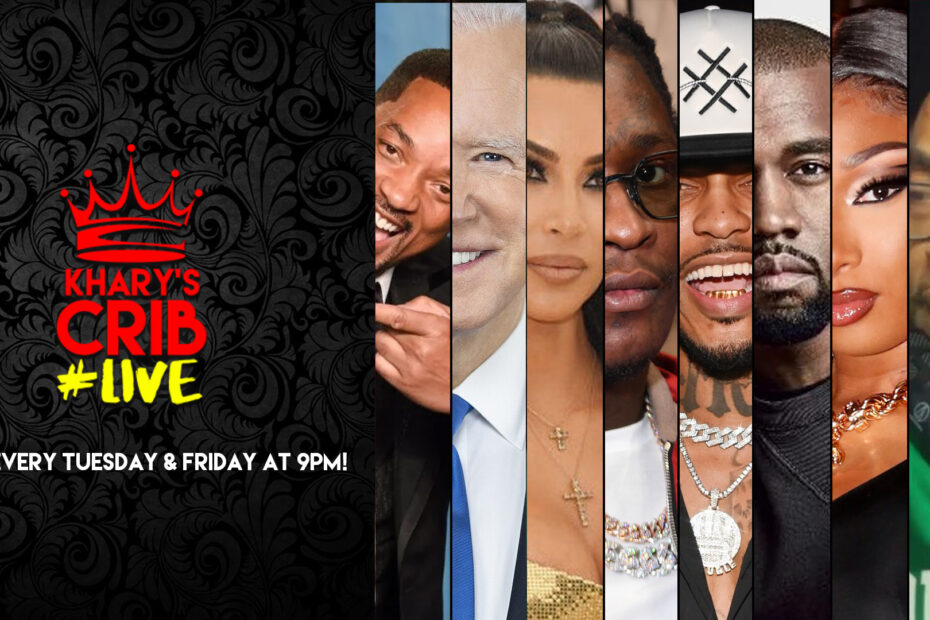Bingo Casino: A Comparative Development Over Recent Years
The world of bingo casinos has seen significant transformation in recent years, driven by advancements in technology, changes in regulations, and evolving consumer preferences. This article will dive into the critical aspects of bingo casino development, comparing its various forms from traditional venues to online platforms.
1. Traditional Bingo Halls vs. Online Bingo
1.1 Traditional Bingo Halls (2010-2015)
During this period, traditional bingo halls dominated the landscape of bingo gaming. According to a study by Source 1, participation in bingo games was primarily influenced by social interaction, where players gathered in community centers and dedicated bingo establishments.
1.2 Growth of Online Bingo (2016-Present)
From 2016 onwards, there has been a notable shift towards online bingo. The Global Online Bingo Market was valued at approximately $1 billion in 2016 and is projected to reach $2.8 billion by 2025, growing at a CAGR of 11.5% (Source 2). This growth indicates a substantial shift in consumer preferences toward the convenience and accessibility offered by online platforms.
| Year | Traditional Bingo Revenue ($ million) | Online Bingo Revenue ($ million) |
|---|---|---|
| 2015 | 600 | 150 |
| 2016 | 580 | 250 |
| 2019 | 500 | 850 |
| 2022 | 420 | 1,600 |
2. Technological Advancements in Bingo Gaming
2.1 Mobile Gaming Revolution
As mobile technology has advanced, so has the bingo gaming experience. Mobile apps now allow players to enjoy bingo anytime and anywhere. Research shows that over 50% of online bingo players now play via mobile devices, indicating a critical shift in consumer behavior (Source 3).
2.2 Role of Live Dealer Bingo
The introduction of live dealer bingo has provided players with a more immersive experience. In this format, players can engage with live hosts and other players, replicating the social aspects of traditional bingo in a digital environment. This feature has become particularly popular on major online gaming platforms, enhancing user engagement and retention.

3. Demographic Changes in Bingo Participation
3.1 Age Group Analysis (2010-2015)
Traditionally, bingo players were predominantly older adults. However, a change in demographics has been observed. A survey indicated that from 2010 to 2015, 70% of bingo players were over the age of 50.
3.2 New Player Acquisition (2016-Present)
With the rise of online bingo, younger demographics have become increasingly involved. Players aged 18-35 now represent about 40% of the bingo market, as easy accessibility and mobile solutions attract a younger audience (Source 4).
4. Regulation Changes and Market Adaptation
4.1 Impact of Regulation on Traditional Halls
In many regions, traditional bingo halls have faced stricter regulations than in previous years, impacting revenue generation. These regulations often pertain to gaming licenses, advertising, and age restrictions.
4.2 Online Gaming Regulations (2016-Present)
Conversely, online bingo has benefited from more lax regulations in certain markets, allowing for rapid growth. Governments are increasingly recognizing the potential tax revenue from online gaming, leading to more favorable legislation.
Conclusion: Future of Bingo Casinos
In conclusion, the development of bingo casinos has transitioned dramatically from traditional spaces to the dynamic realm of online platforms. This shift has not only reshaped consumer demographics but has also ushered in technological advancements that enhance user experience. As regulations become more refined and awareness of online options increases, it is likely that the trend of online bingo will continue to dominate the market. We invite you to share your thoughts on the future of bingo gaming and how you think it will continue to evolve in the coming years.

